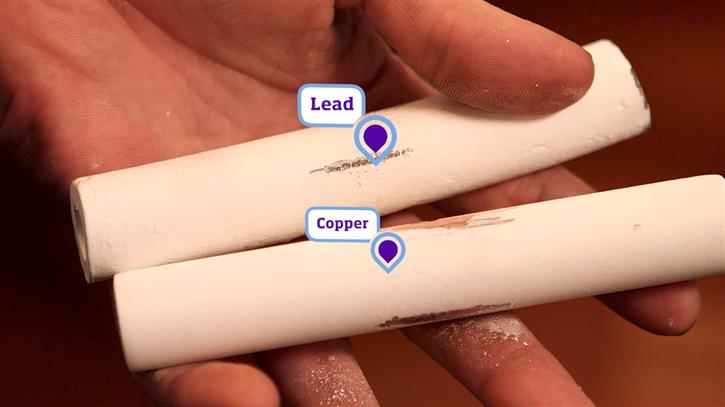

To mark Lead Poisoning Prevention Week (21—27 October), WaterSafe is asking homeowners to check that if they have potentially harmful lead water pipes at home.
A recent survey of 2,000 homeowners by WaterSafe revealed that 68% are completely unaware whether or not they have lead water pipes in their property.
A further 53% of homeowners don’t know that it’s their responsibility to replace lead pipes they find in their home, should they choose to replace them with copper or plastic ones approved for tap water.
Julie Spinks, Director of WaterSafe, said: “We’re asking property owners to do one thing during Lead Poisoning Prevention Week – check your homes and business premises for lead water pipes, especially if you have an older property.
“It’s quite simple – find the water pipe where it enters your home, which is usually in a kitchen cupboard or under the stairs. Lead pipes are normally dull grey and soft and if you scrape the surface gently with a coin you’ll see shiny silver-coloured metal underneath. It’s quite distinct from copper or plastic. (If the pipes are painted just scrape the paint off too).”
WaterSafe has created a short film to demonstrate to homeowners how to take the scratch test and how to reduce lead levels in water. This can be watched online at watersafe.org.uk/lead.
Installers can share this video and the information above with their customers to help ensure that the risk of lead poisoning is reduced in the UK.
The use of lead in plumbing has been banned in the UK for more than 25 years, so it’s houses built before 1970 which are most likely to have lead pipes. Homeowners who find they do have lead pipes should contact their water supplier who can test the levels of lead in the drinking water and offer advice on replacing them.
If you'd like to keep up-to-date with the latest developments in the heating and plumbing industry, why not subscribe to our weekly newsletters? Just click the button below and you can ensure all the latest industry news and new product information lands in your inbox every week.